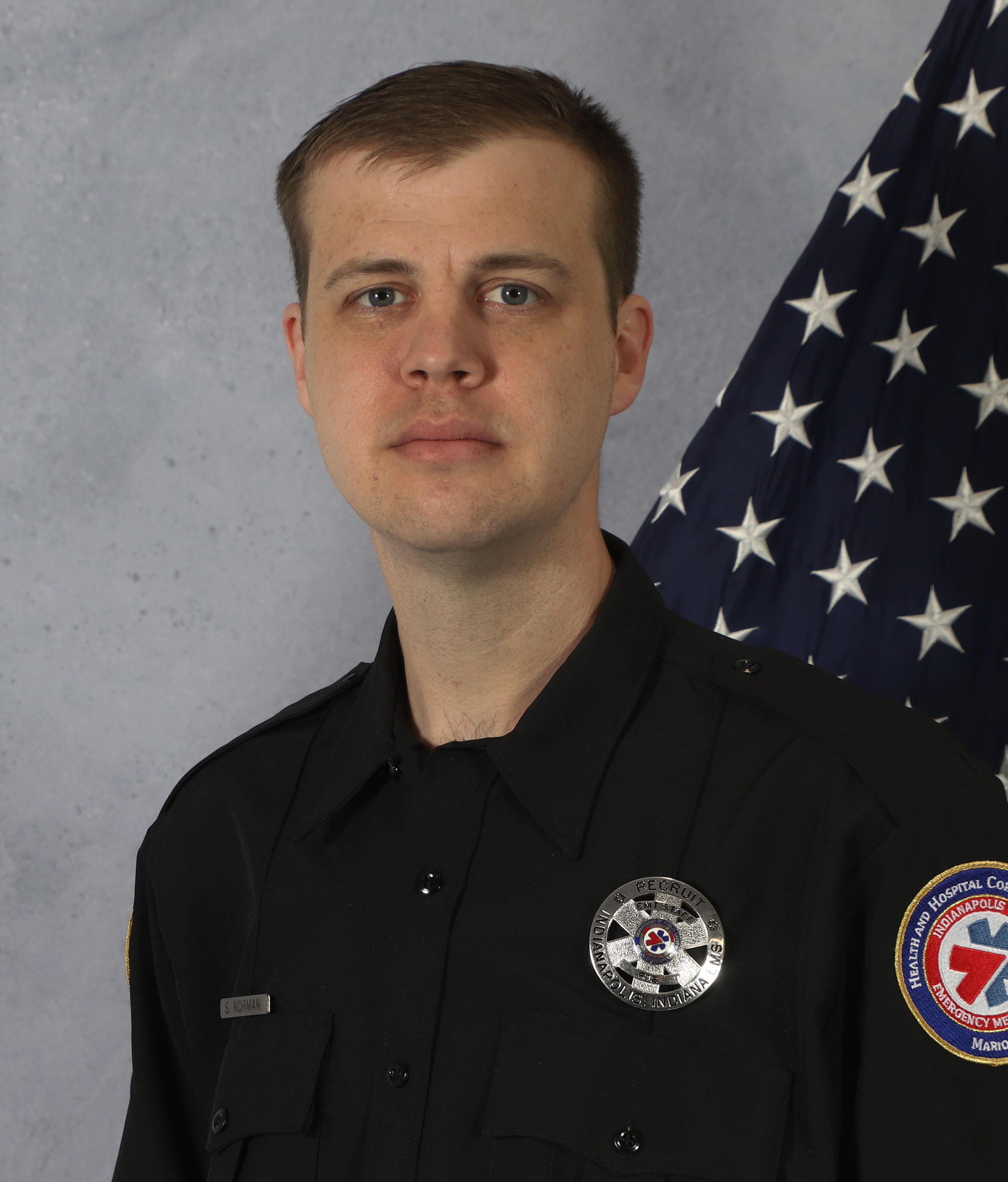All NCLEX Resources
Example Questions
Example Question #11 : Lung And Alveoli
In the average adult, how much air remains in the dead space of the lung after normal expiration?
Dead space is the volume of air that remains in the trachea, bronchi, and bronchioles during respiration. It does not enter the alveoli and so does not participate in gas exchange. In the average adult, the amount of air left in the dead space after expiration is 
Example Question #12 : Lung And Alveoli
What is the average volume of air breathed into and out of the respiratory system during tidal breathing?
Tidal breathing is the term for relaxed inhalation and exhalation (as opposed to maximum inspiration and forced exhalation). The average volume of air breathed into and out of the respiratory system during tidal breathing is 
Example Question #303 : General Biology
Which of the following would cause bronchioconstriction?
Cold air
Allergens
All of these cause bronchioconstriction
Parasympathetic imput
All of these cause bronchioconstriction
There are many factors that can cause bronchioconstriction. Some of them are normal physiological responses, such as parasympathetic input or decreased partial pressure of carbon dioxide in the alveoli. Other causes are pathological, such as allergic bronchioconstriction or asthma triggered by cold air.
Example Question #611 : Nclex
What are the two types of alveolar cells?
Type I and type II
A cells and B cells
Primary and secondary cells
Interstitial cells and active cells
Type I and type II
There are two types of alveolar cells: type I cells and type II cells. Each cell type has a unique function within the alveolus, and the dysfunction of either cell type results in serious respiratory pathology. Type I cells are simple squamous epithelial cells that account for about 95% of all alveolar cells. They are the primary cells responsible for diffusion of gasses across the respiratory membranes. Type I alveolar cells are responsible for secreting surfactant, which facilitates the diffusion of substances across the epithelium.
Example Question #612 : Nclex
When the diaphragm contracts, lung volume __________.
decreases
diffuses
increases
compresses
increases
The diaphragm is a thin sheet of muscle that separates the thoracic cavity from the abdominal cavity. At rest, it is drawn upward into a dome-like shape under the lungs. When the diaphragm contracts, the dome flattens out, which increases the size of the thoracic cavity. The negative pressure allows the lungs to expand and fill with air, causing an increase in total lung volume (inhalation).
Example Question #302 : General Biology
What chamber of the upper respiratory tract is shared by both the respiratory and digestive systems?
The esophagus
The soft palate
The pharynx
The sinuses
The pharynx
The only chamber of the upper respiratory tract that is shared by both the respiratory and the digestive systems is the pharynx. The pharynx is the part of the throat that is immediately posterior to the mouth and the nasal cavity, and superior to the trachea, larynx, and esophagus.
Example Question #14 : Circulatory And Respiratory Systems
Which of the following is not a division of the pharynx?
The nasopharynx
The laryngopharynx
The oropharynx
The sinopharynx
The sinopharynx
The pharynx is made up of three divisions: the laryngopharynx, the oropharynx, and the nasopharynx. There is no portion of the pharynx called the sinopharynx.
Example Question #611 : Nclex
Which of the following pairs of sinus is absent at birth, and is not fully developed until puberty?
The sphenoid sinus
The frontal sinus
The maxillary sinus
The ethmoid sinus
The frontal sinus
The frontal sinuses are not present at birth. They begin to develop in the first few years of life, but they are not fully mature until after adolescence. The sphenoid, maxillary, and ethmoid sinuses are present at birth, though they are underdeveloped and similarly do not mature fully till late childhood or adolescence.
Example Question #11 : Respiratory System
Which of the following is a flap of cartilage that covers the opening of the windpipe during swallowing to prevent aspiration?
The epiglottis
The hyoid
The cricoid cartilage
The tracheal cartilage
The epiglottis
The small flap of cartilage that covers the windpipe to prevent aspiration during swallowing is the epiglottis. It is located at the base of the tongue and attached to the entrance of the larynx.
Example Question #12 : Respiratory System
Which of the following maintains the lumen of the trachea?
The cervical spine
The infrahyoid muscles
Air pressure within the respiratory tract
The tracheal cartilages
The tracheal cartilages
The lumen of the trachea is maintained by the tracheal cartilages, a set of approximately 20 separate c-shaped rings of hyaline cartilage. The non-continuous cartilage allows for greater flexibility during inspiration and expiration.
Certified Tutor
Certified Tutor
All NCLEX Resources












